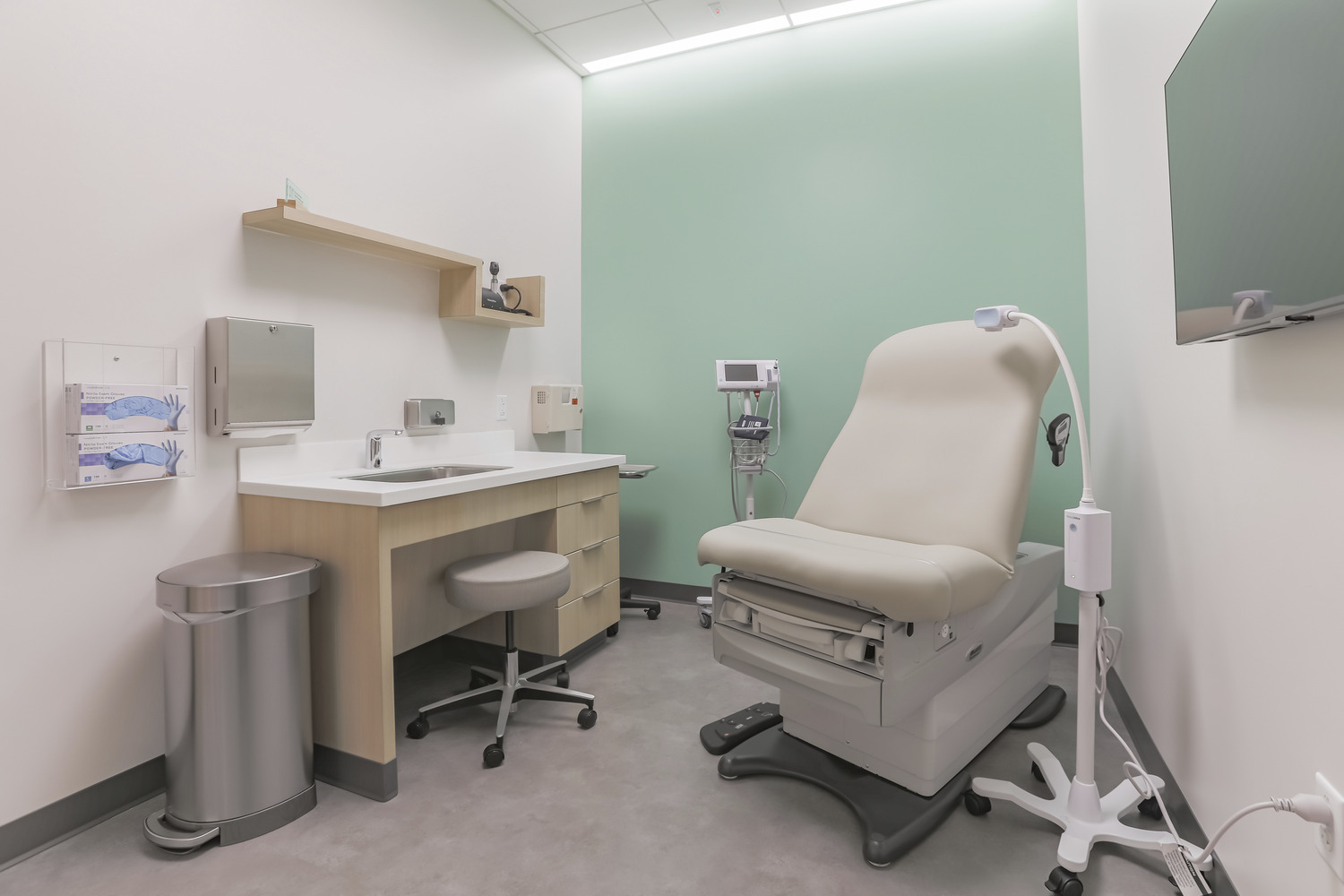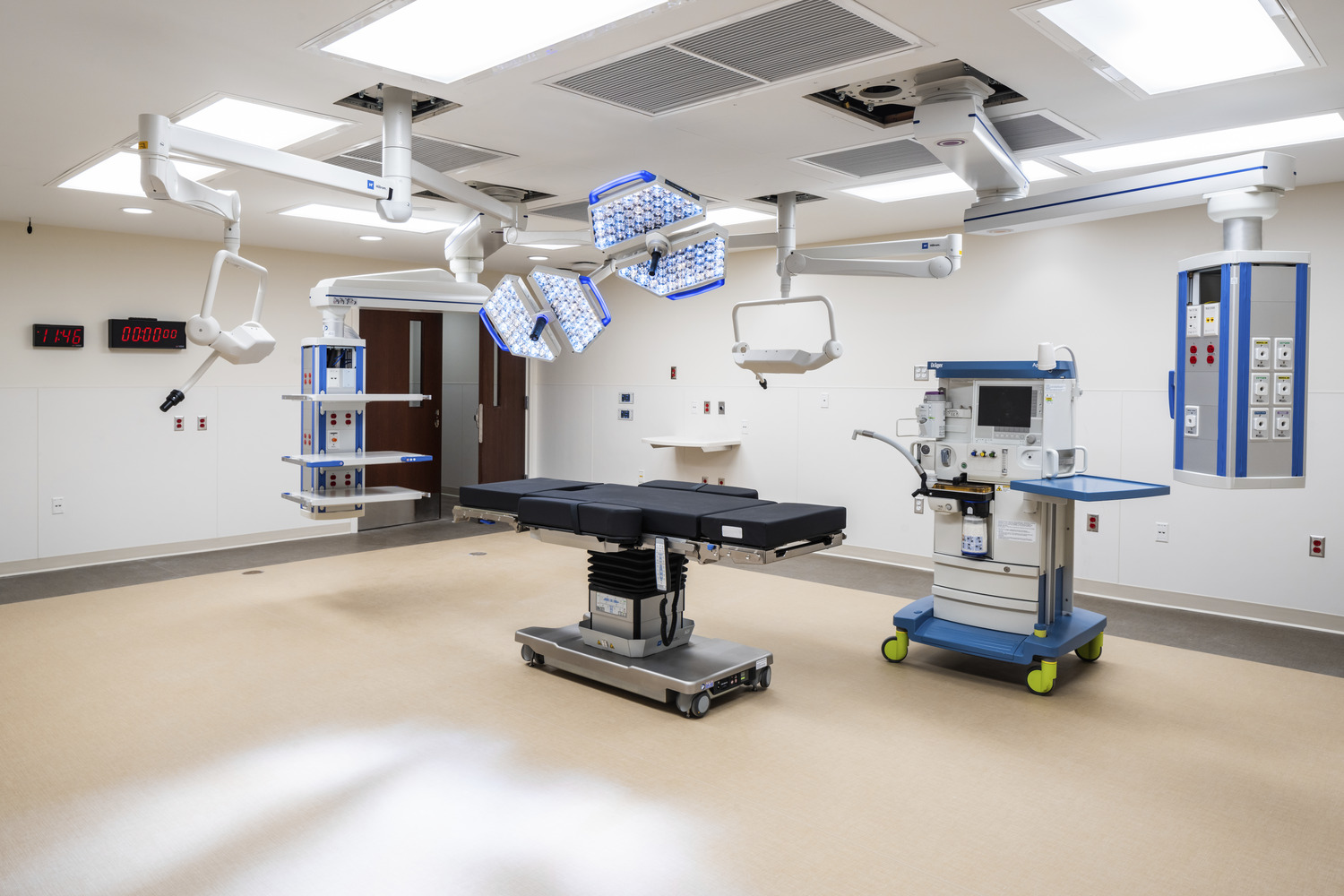


21 March 2023


By: Derek Lemmon, Vice President
Schedule, Quality and Budget – you can only pick two. This common construction industry cliché is often not that simple. It may be true that speeding up a schedule can lead to a stretched budget. However when it comes to healthcare construction, it is important to examine more than just the basic costs.
Healthcare providers have to do a different kind of math when it comes to expediting a construction schedule. They also need to factor in how much revenue they will lose when space is out of commission. For example, how much will it cost to shut down an operating room for an extra week, or to lose access to an MRI? That’s where the true cost lies.
Unlike an office renovation project, where employees can work from home for the duration of the project, construction on a medical facility puts patient care on pause. This is a prime reason an expedited construction timeline may be worth the cost.
In addition, patients and doctors have options when it comes to where they receive and provide care. If a cardiovascular operating room is down for 16 weeks for construction, a doctor may choose another facility to perform a procedure. If they have a favorable experience at that other facility, they might choose it more regularly moving forward, costing the hospital an important physician client.
General contractors must have the experience working on inpatients and outpatient facilities to understand the unique cost considerations that come with renovating and constructing all types of healthcare real estate. This enables them to help healthcare clients understand these considerations so they can make informed decisions about how to approach their construction timeline.
A hospital’s operation always comes first over a construction project. General contractors should work closely with the provider to figure out a schedule so that they can fit in as many procedures as possible. However, eventually this work needs to be done. So collaborating with the client to find the best possible scenario is essential.
One factor healthcare providers need to keep in mind when making a decision about construction timelines is the revenue they might gain by getting a new addition up and running faster. At the same time, they need to consider the additional costs of expediting the construction schedule.
For example, some facilities may have to spend extra money to move equipment into a storage facility during renovations. Many hospitals, particularly those in urban settings, have limited storage space. There often is not enough space to accommodate existing hospital machinery and the necessary construction equipment. As a result, healthcare facilities have to spend additional funds on storage.
Hospitals can struggle to make a profit. Emergency services typically don’t bring in revenue, but they are essential to the community. On the other hand, MRIs, CT scans and surgeries bring in much-needed income to support other departments that provide vital care. It is crucial that hospitals are able to get back to performing these procedures as quickly as possible.
The construction team and its partners must understand that the client is losing a tremendous amount of revenue for every week the room is under renovation. Because of this, the team should be proactive in finding ways to expedite schedules. Be it by three weeks, a month, or even six weeks, they can help recoup some of that revenue.
A good way to expedite timelines is to allow superintendents and subcontractors to work overtime on nights and weekends to get the job done as quickly as possible. Additionally, general contractors can accelerate otherwise long lead times on certain materials by paying a premium or exploring different manufacturers and putting materials on dedicated trucks, among other options.
It is important to note that expedited timelines come with additional upfront costs that healthcare facilities may not anticipate. However, there are strategies for helping to mitigate some of these expenses. The first step is bringing on the team as early as possible. This ensures that they can have additional time during the preconstruction phase to strategize the best path forward.
When the teams are brought in during the early stages of the project, when design decisions are still being discussed, everyone can advise the client on how much each aspect will cost, assist them in making key decisions and avoid sticker shock. If the team can collaborate with the trade partners early on, the cost can get driven down. The key is to always be communicating with the client, so they are always fully informed.
Regardless of whether a project was completed on a traditional or expedited timeline, quality should never be sacrificed.
The first priority is to help healthcare providers work through different construction scenarios to make the decision that’s right for them. The goal is to determine what kind of schedule works best with a client’s budget and then bring the highest level of quality possible. Quality is always a given.
Written in collaboration with Julia Troy, Bisnow.